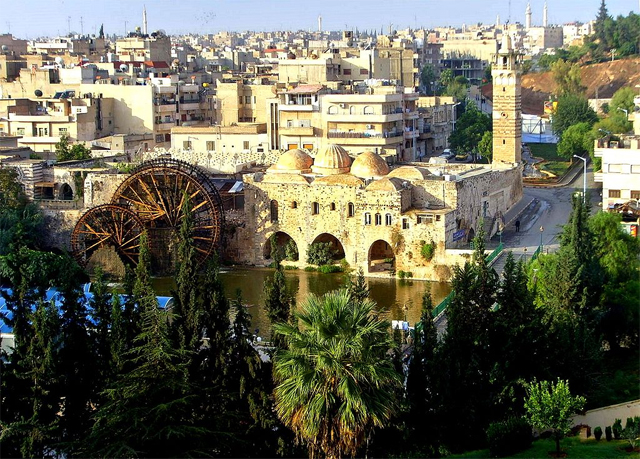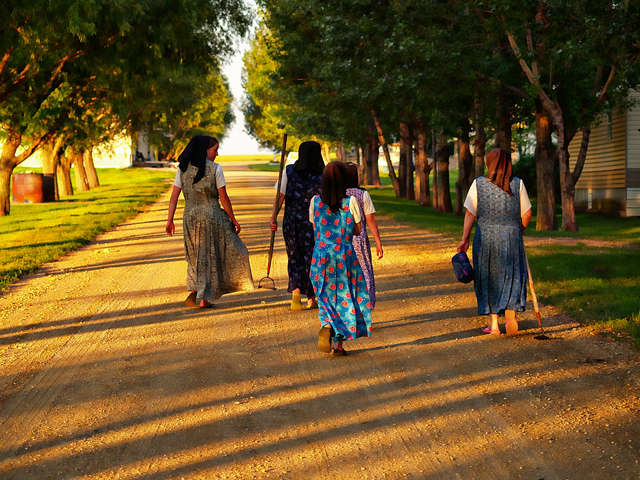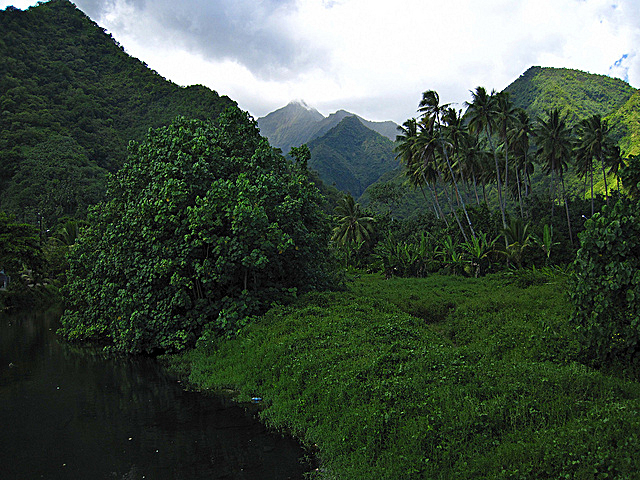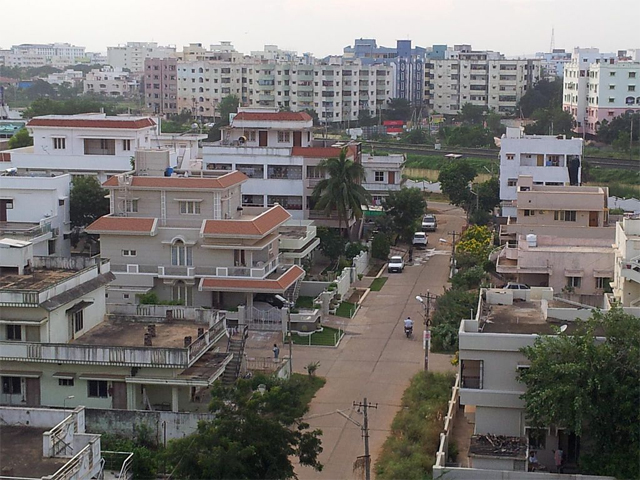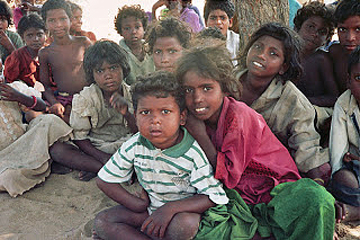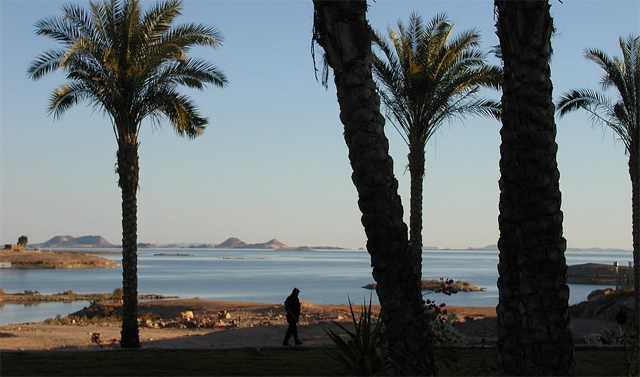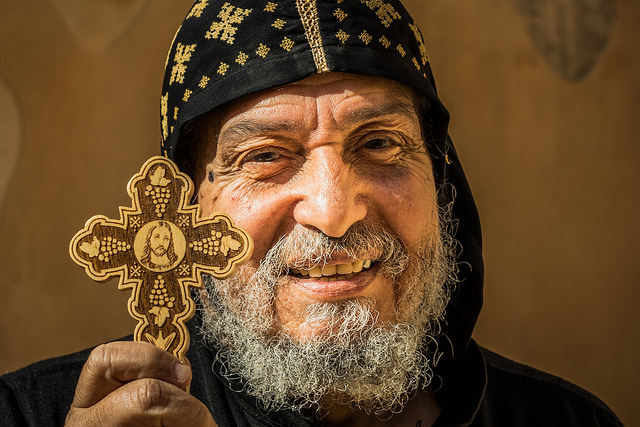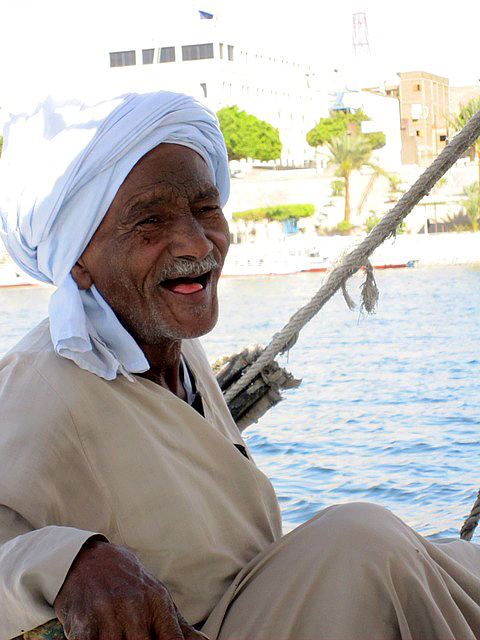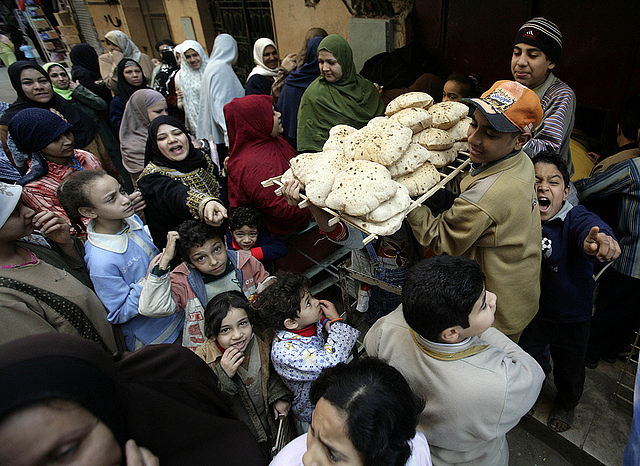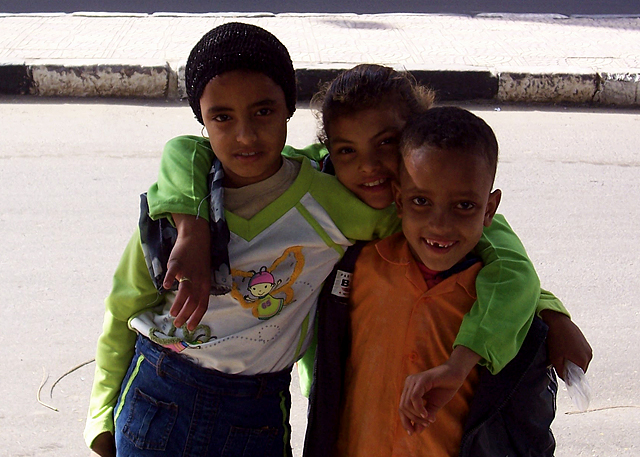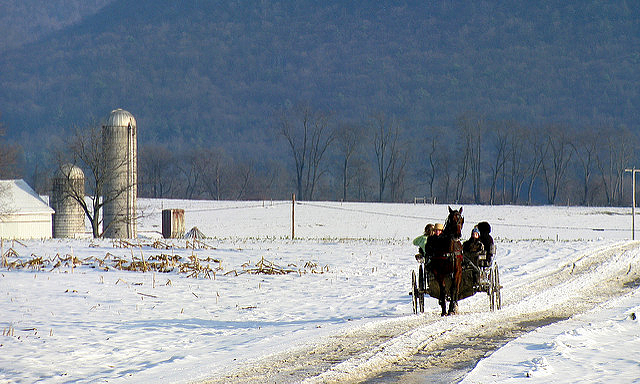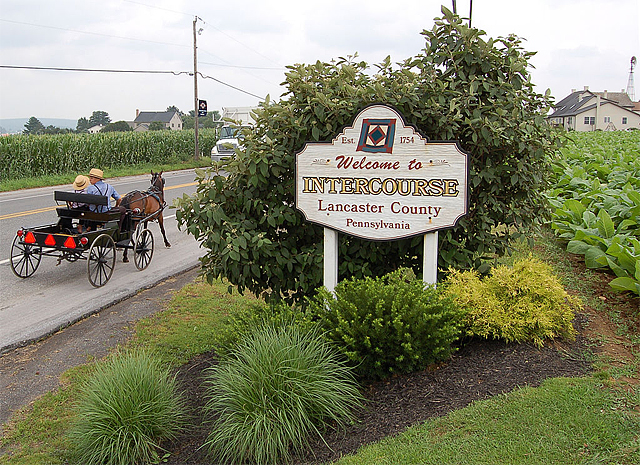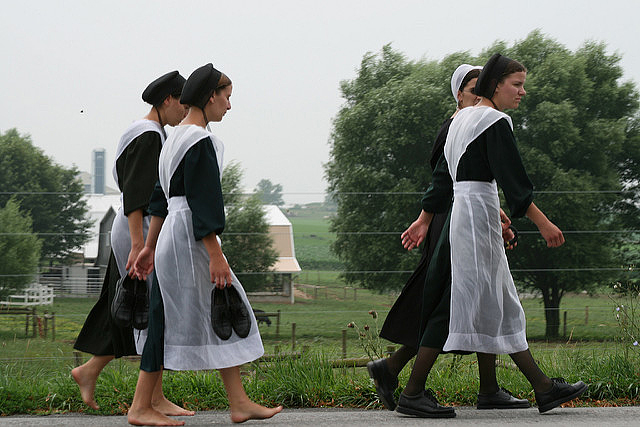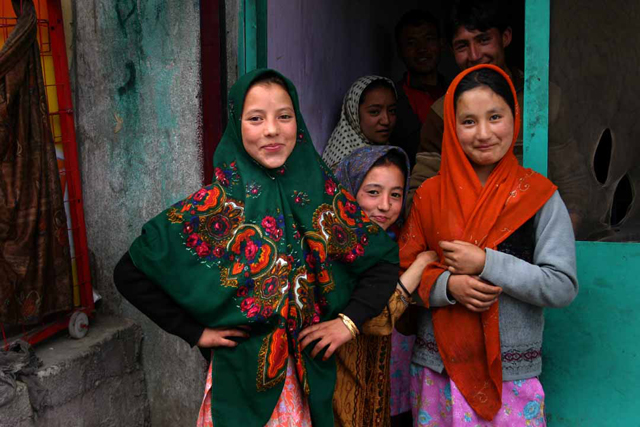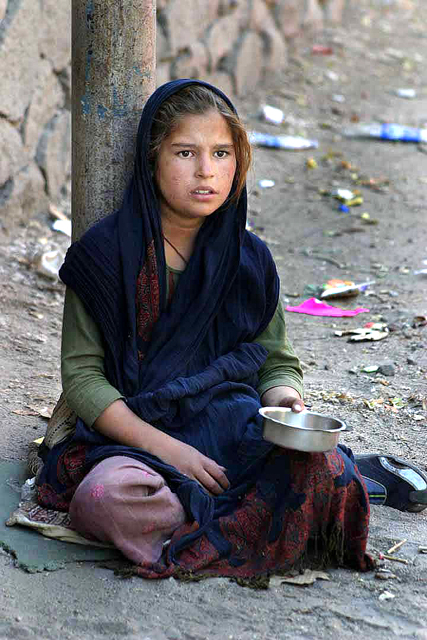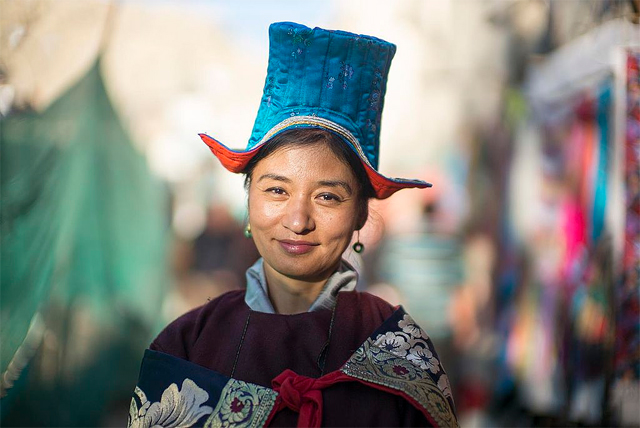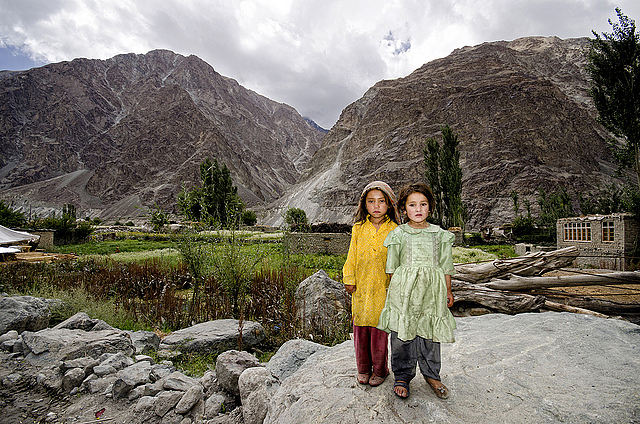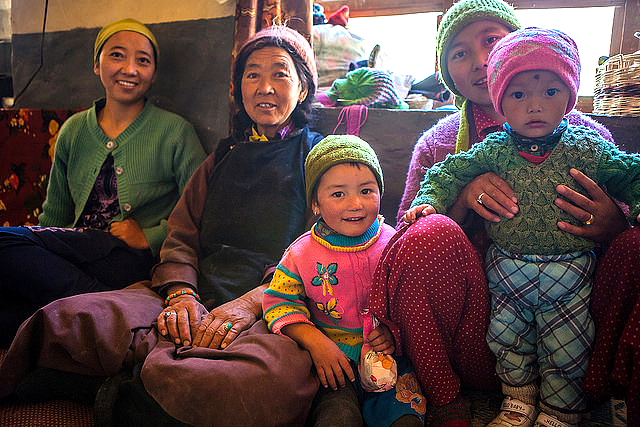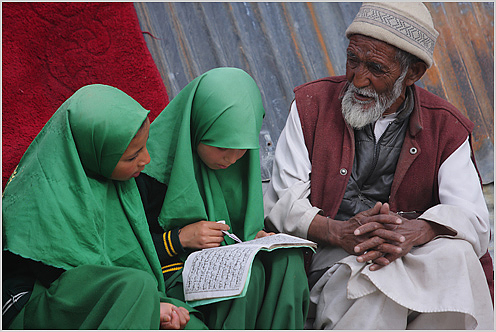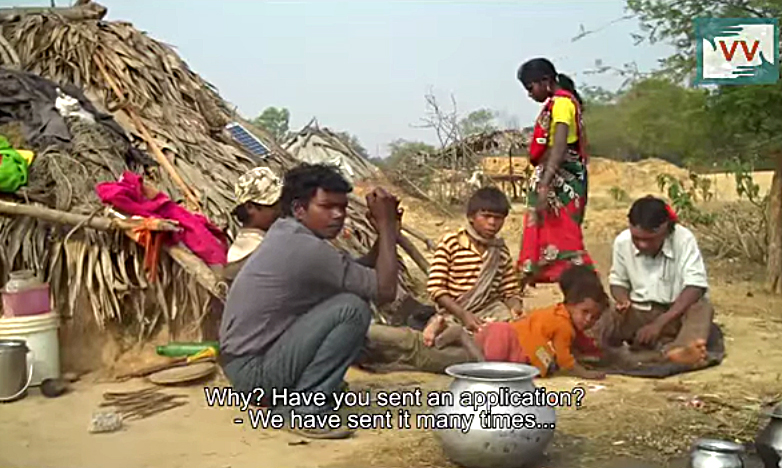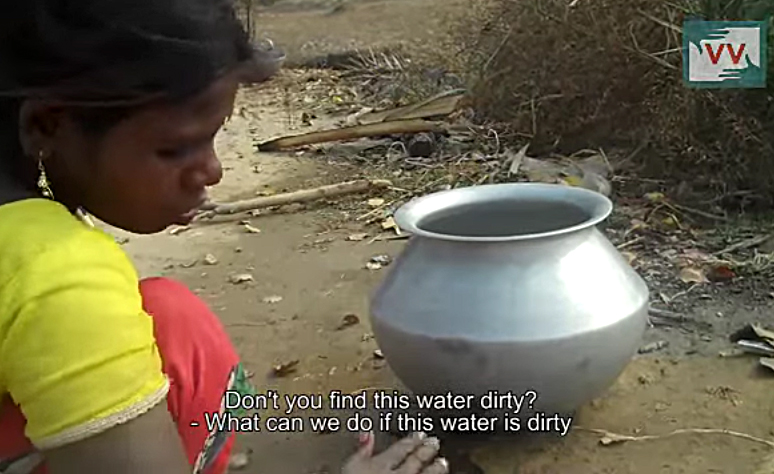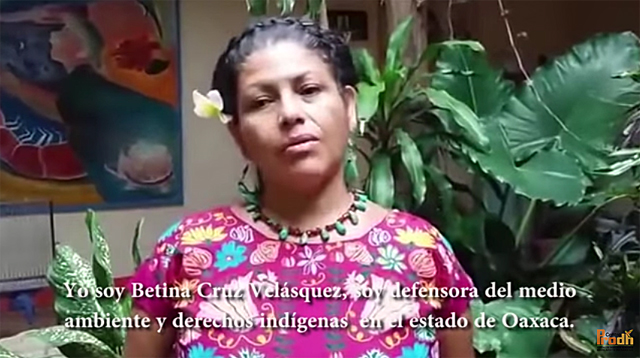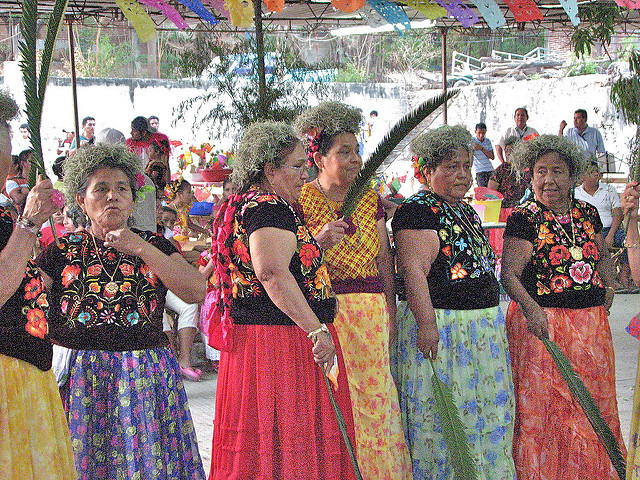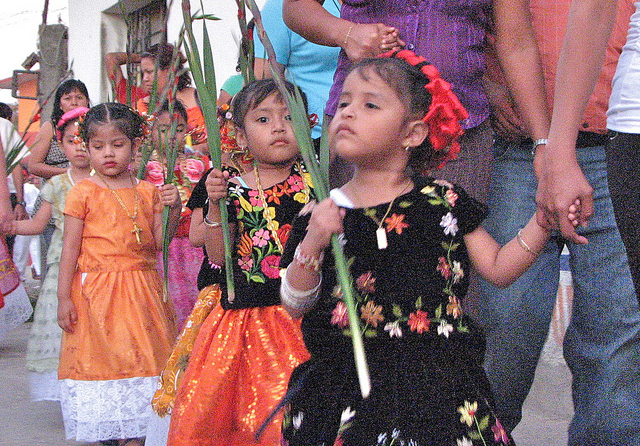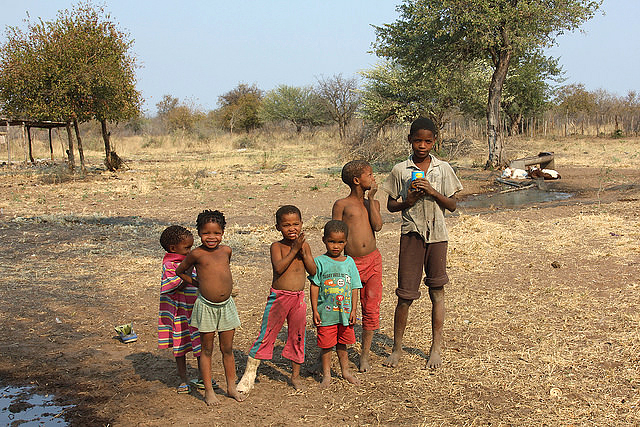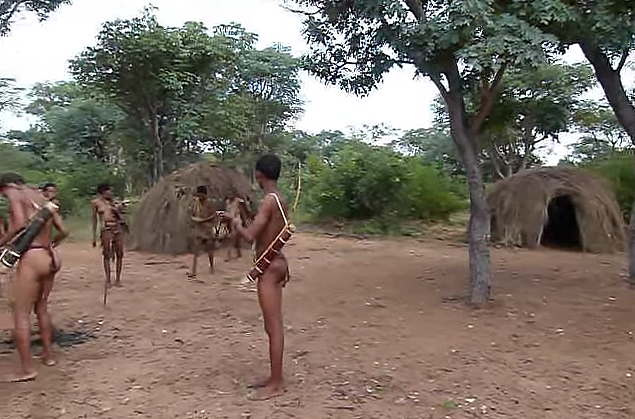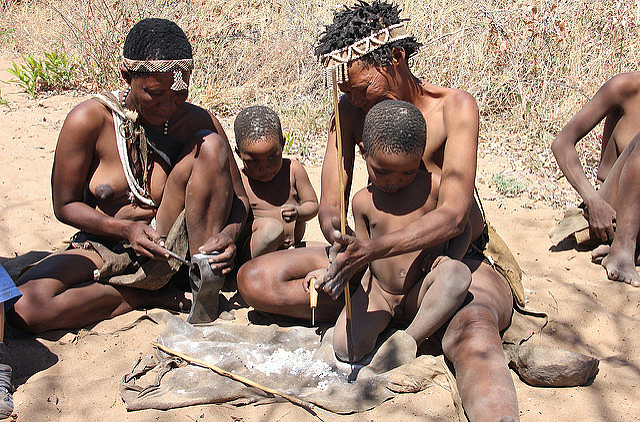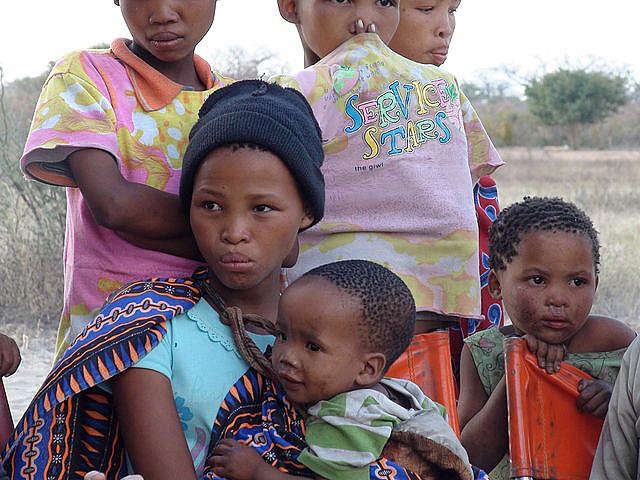A group of Malaysian university students recently spent a couple days in a Semai village in Pahang State in an attempt to gain a better understanding of the indigenous society. The Star, a prominent newspaper in Malaysia, published a brief news story about the adventure.
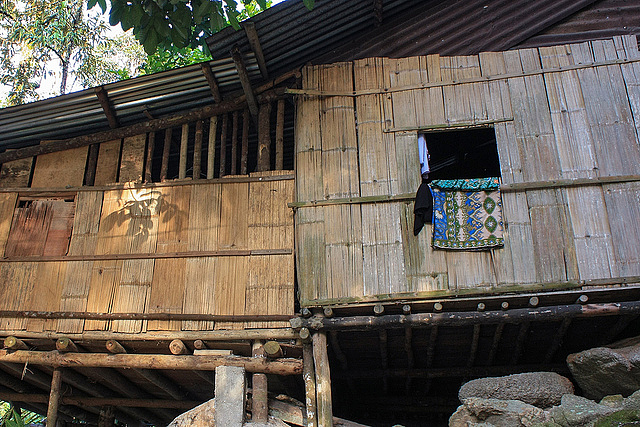
The Semai village of Kampung Pos Buntu, in the Raub District of Pahang, hosted 23 students from the Sungai Long campus of the Universiti Tunku Abdul Rahman (UTAR). Pos Buntu, in Malay, means deadlocked post or stalemated post, according to Google Translate—essentially, a village at the end of the line.
The chair of the organizing committee at the university, Chuah Hui Ru, a 21-year old student, told the paper that they had planned indoor and outdoor activities with the Semai young people they would be visiting. They expected to make animal masks, draw, and demonstrate simple scientific experiments with the children. They also were prepared for some dancing around a campfire in the evening.
The visit, sponsored by the 1Malaysia Community Alliance Foundation, was intended to inspire participants to become more engaged with the Orang Asli minority in the country. The visitors needed to learn more about the challenges faced by the indigenous people, which differ from the difficulties handled by urban Malaysians.
Not too many decades ago, the more remote Semai held a particular dread for strangers; their xenophobic feelings were closely associated with their beliefs in nonviolence. Robarchek (1979b) provided a good explanation of the reasons.
![A thunderstorm in Malaysia photographed by Christian Haugen, who wrote in Flickr, “This is from the first day that we arrived in Kuala Lumpur. I have never in my life seen such fierce [lightning] and thunder! The torrent of rain was almost [unbelievable]!” (Creative Commons license)](https://peacefulsocieties.uncg.edu/wp-content/uploads/2017/01/thunderstorm.jpg)
The people believed that such transgressions might anger Ngku, the thunder spirit, who could summon his wife Nanggaa, a horned dragon who lives under the earth, to come up and release landslides or other disasters on their villages. When a violent thunderstorm approached, adults would act panicked in front of the children. They would shout at Ngku that they were not guilty, go outside into the rain and pound on the ground, scream directives at one another—do whatever it took to appease Nanggaa, who must be angry at one of their (perhaps unwitting) transgressions. They would try to drive the spirit back down where she belonged.

These intense emotions, Robarchek argued, were unconditioned stimuli imparted to infants. They elicited the unconditioned responses of distress and arousal—fears of the unpredictable world. When the infants were only slightly older, parents would begin a comparable process of imparting their fear of strangers to them, turning away and repeating their word for ‘afraid’ whenever a stranger appeared in the village. This fear was supported by the belief that bogeymen were about. The Semai placed no value in bravery.
The cultural beliefs about storms and strangers and the ways they should respond defined the behavior of adults, which conditioned that of the children. Belief and affect interacted to push the Semai into ever greater fearfulness—and nonviolence as a result. The article in The Star implied that a brief period of cultural immersion would be a good thing for the Malaysian university students, but it did not delve into the question as to how the Semai might react to strangers in their midst.

